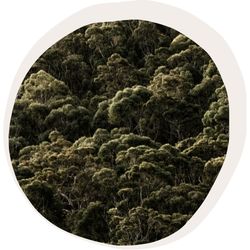The term “biophilia” was popularized by psychoanalyst Erich Fromm in the 1960s. In his work, he used biophilia (bio, ‘life’ and philia, ‘friendly feeling toward’) to describe the biological drive toward self-preservation. Formally used in Fromm’s The Anatomy of Human Destructiveness (1973), biophilia was defined as “the passionate love of life and of all that is alive.”
In the 1970s American biologist, Edward O. Wilson extended the word’s meaning, to denote “the rich, natural pleasure that comes from being surrounded by living organisms.” In his best-known work, Biophilia (1984), Wilson used the term to describe the genetic drive to focus on and affiliate with nature and other life forms. This prompted researchers in a wide range of fields including the built environment to explore the phenomenon.





